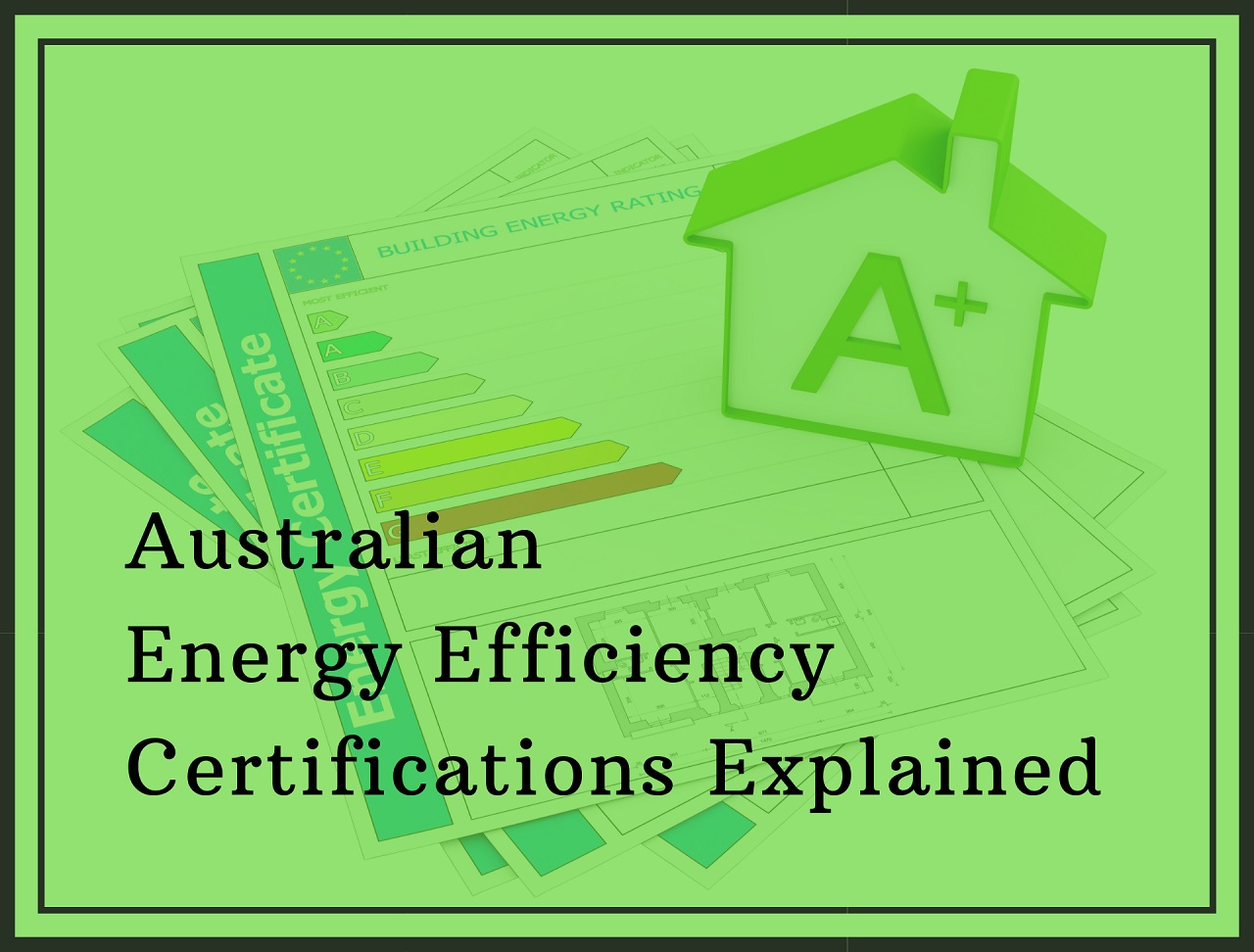8 Home Energy Saving Tips for The Winter
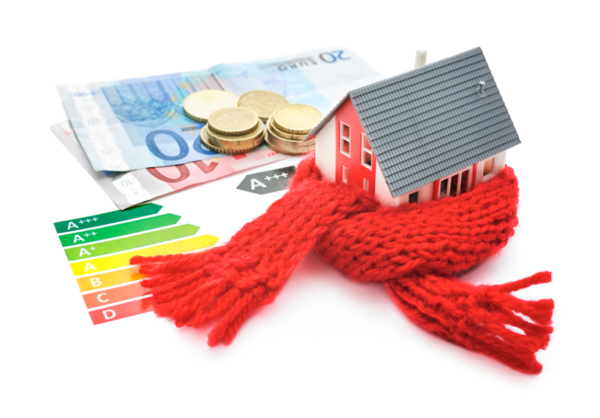
If you do not want to deal with dropped temperatures and skyrocketing energy costs, you need to consider getting your home energy efficient for winter, preferably starting weeks ahead.
There are a series of actions you can take to increase your home's energy efficiency, which might seem a little overwhelming to start. But as long as you plan ahead and prepare accordingly, you can make significant changes in your household and cut extra costs for winter utility bills. Here are some winter energy-saving tips that will help you start using energy more efficiently and stay warm in the process.
1. Install Programmable Thermostat
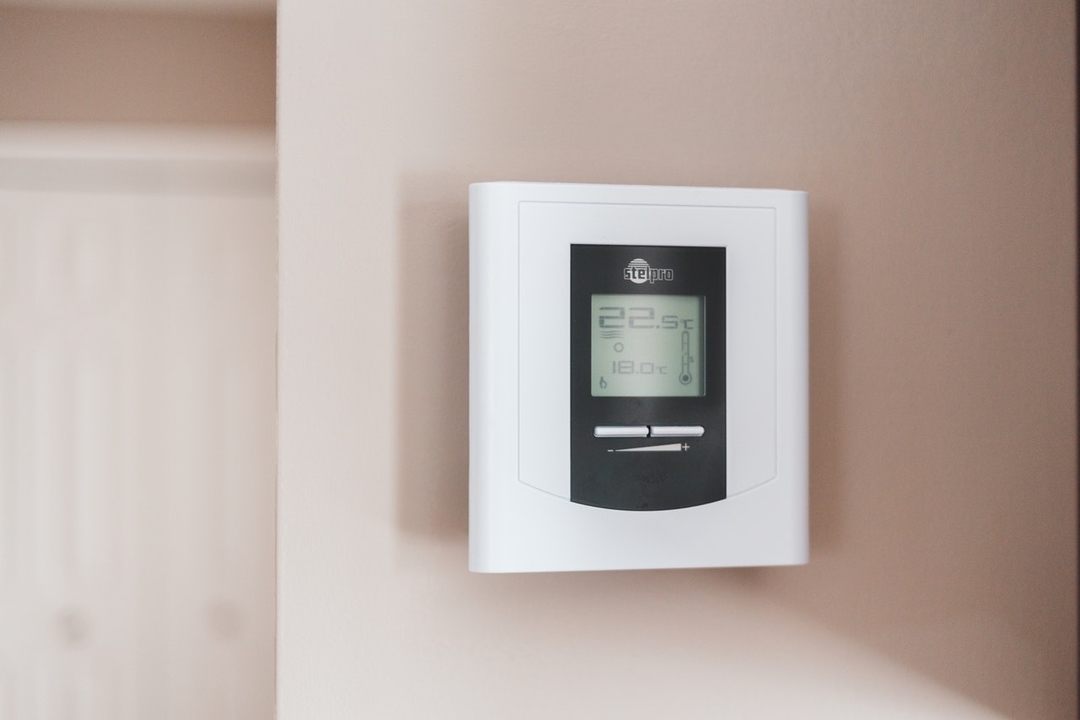
One of the main benefits of programmable thermostats is that they help improve their energy efficiency. With the help of programmable thermostats, your family and friends will be more comfortable in your home all year round while consistently adjusting temperature around large hot or cold zones in different areas of your home.
By setting the thermostat to warm and cool at your home on a preset schedule, you can reduce your electricity bill while maintaining a comfortable and efficient environment. In winter, set the thermostat to 20 degrees Celsius while you are at home for efficient heating. You can just program the thermostat at a lower temperature when you are outside or asleep.
2. Weather strip your doors and windows
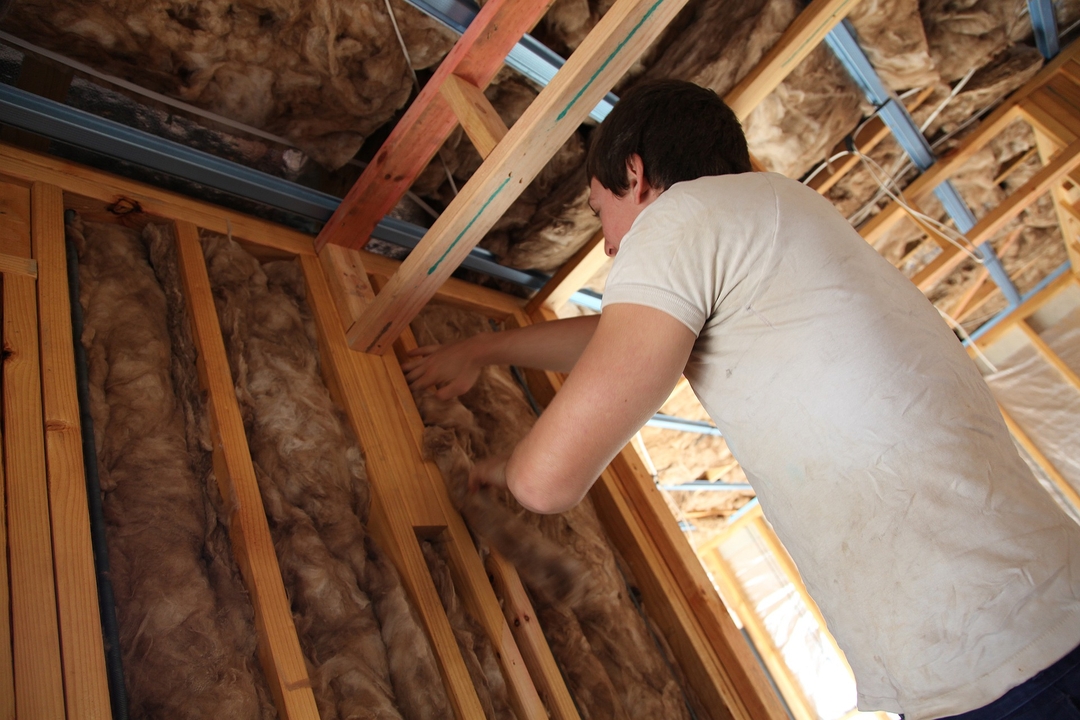
If you don't know how to lower your electricity bill in winter, you can start by sealing and weather stripping the draft. Your doors and windows can generate more heat than you think. A small leak around the door frame lets warm air out and cold air in, making the HVAC work harder to compensate. Sealing can reduce a company's energy costs by 5-10%.
Door sweeps also help seal the space between the bottom of the door and the door frame. And even a draft excludes can give you some protection from the cold. If you want to stop excessive air ingress on a very tight budget, replacing windows could be a viable alternative.
Use LED light bulbs instead of Traditional CFL or incandescent lights.
3. Switch to LED lighting System
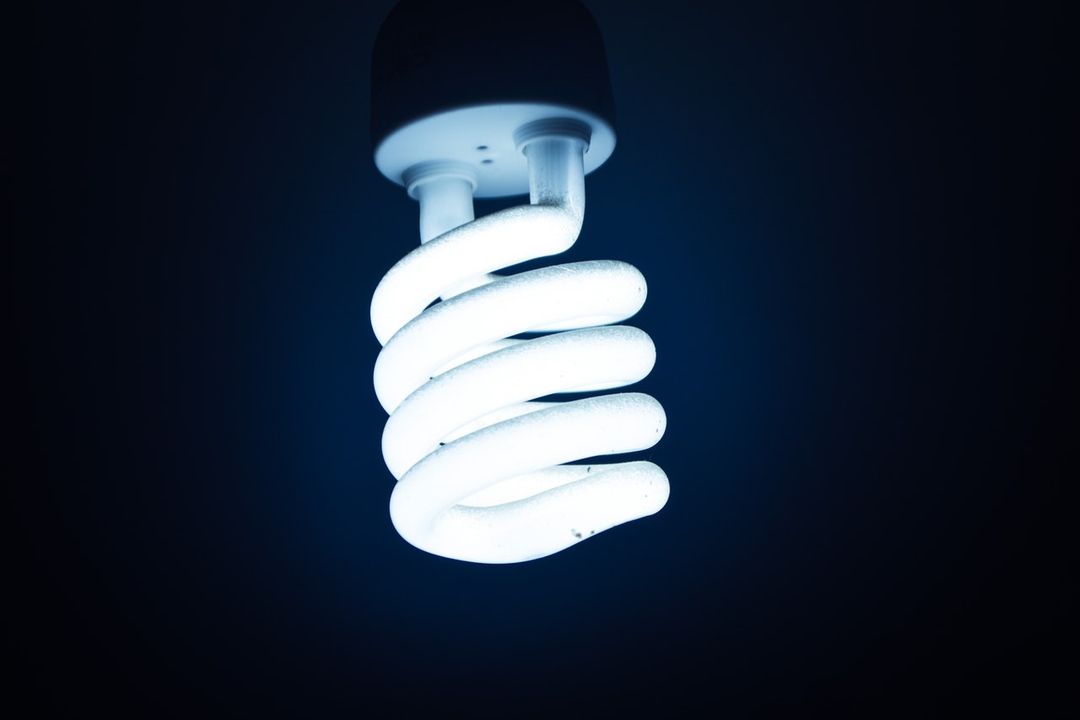
Switching to LED bulbs can save energy in winter. Traditional incandescent bulbs use extra power because they emit extra mildness within side the invisible spectrum.
On the other hand, LEDs use 75% less energy and last up to 25x longer, making them one of the most energy-efficient light sources available. One of the most significant advantages of LED lighting is that LED bulbs are the ultimate energy-saving option for general indoor lighting and holiday lighting, saving money when using outdoor and indoor LED bulbs for decoration. While saving, you can get the beauty and festive atmosphere of the winter holiday.
4. Keep the Air Circulation Activated
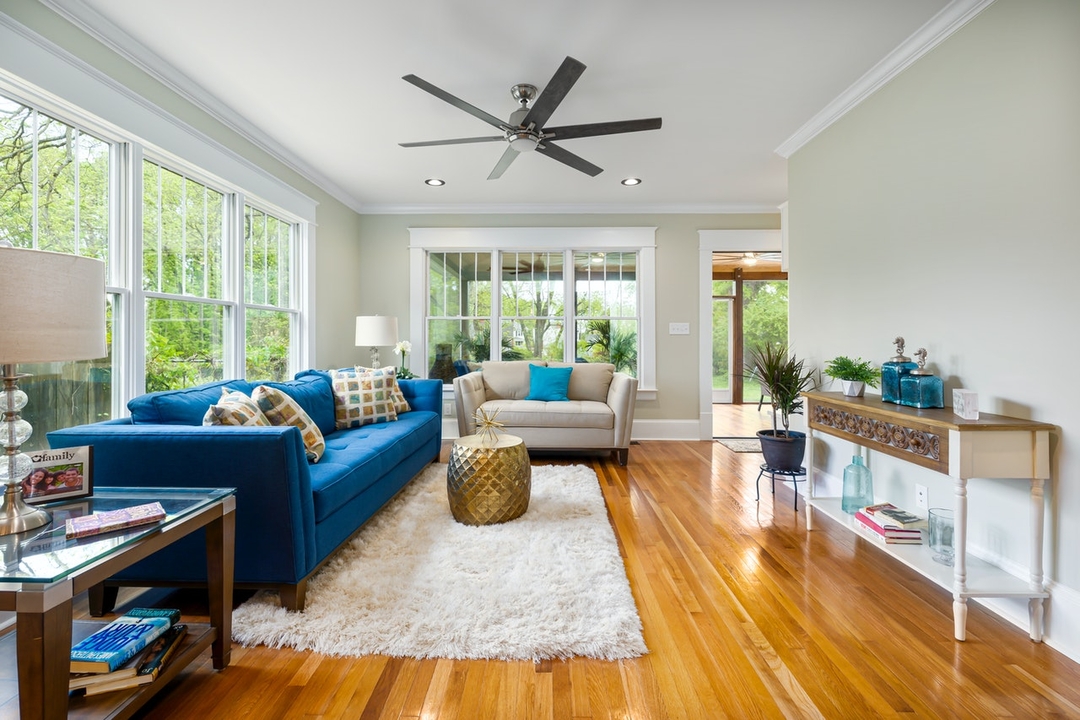
We all know that ceiling fans come in handy to stay cool in the summer, but did you know that they can keep you warm in the winter as well? Ceiling fans usually cool the house by blowing air beneath the fan. The ceiling fan rotates counterclockwise, pushing down the air and creating a slight air-cooling effect that makes you feel cool.
However, most ceiling fans have a reversing switch that can rotate clockwise, creating an updraft and blowing warm air that collects near the ceiling into the rest of the room during winter. In addition, when the leaves push down on the air, it creates an air-cooling effect that promotes evaporation and further helps to cool without even slightly lowering your home's temperature.
5. Inspect and Replace Your Furnace Filter Regularly
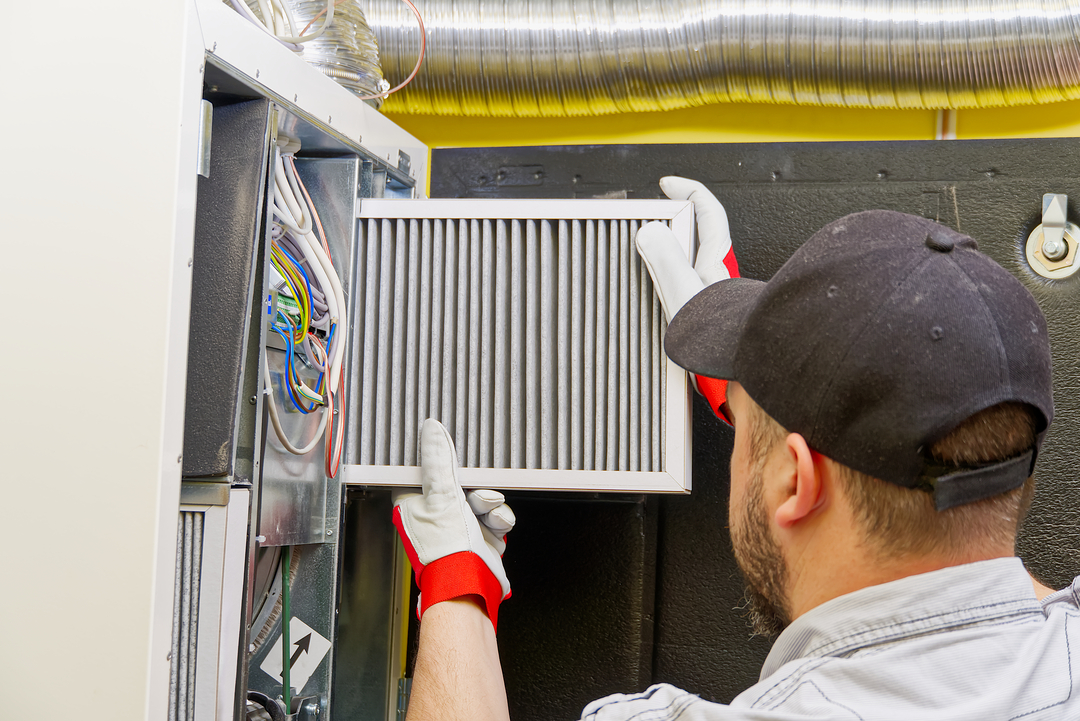
Your furnace air filters carry out a critical job, in particular at some stage in the wintry weather months. They entice and seize airborne pollutants, permitting you to actually and figuratively relax easily. Experts agree that you need to alternate out a furnace or HVAC unit's clear out each one to a few months, depending on the season. So the simple rule of thumb is to clear out or update the furnace air filter whenever it seems dirty. If you keep your furnace air filtered well-maintained, it won’t generally take more than 5 minutes to clean and be ready to use.
Some filters may be wiped clean and reused; however, others have to get replaced entirely, so take a look at your model's upkeep requirements. Also, consider calling an HVAC (heating, ventilation, and air conditioning) expert to assess your gadget for additional improvements.
6. Use Energy Star Appliances
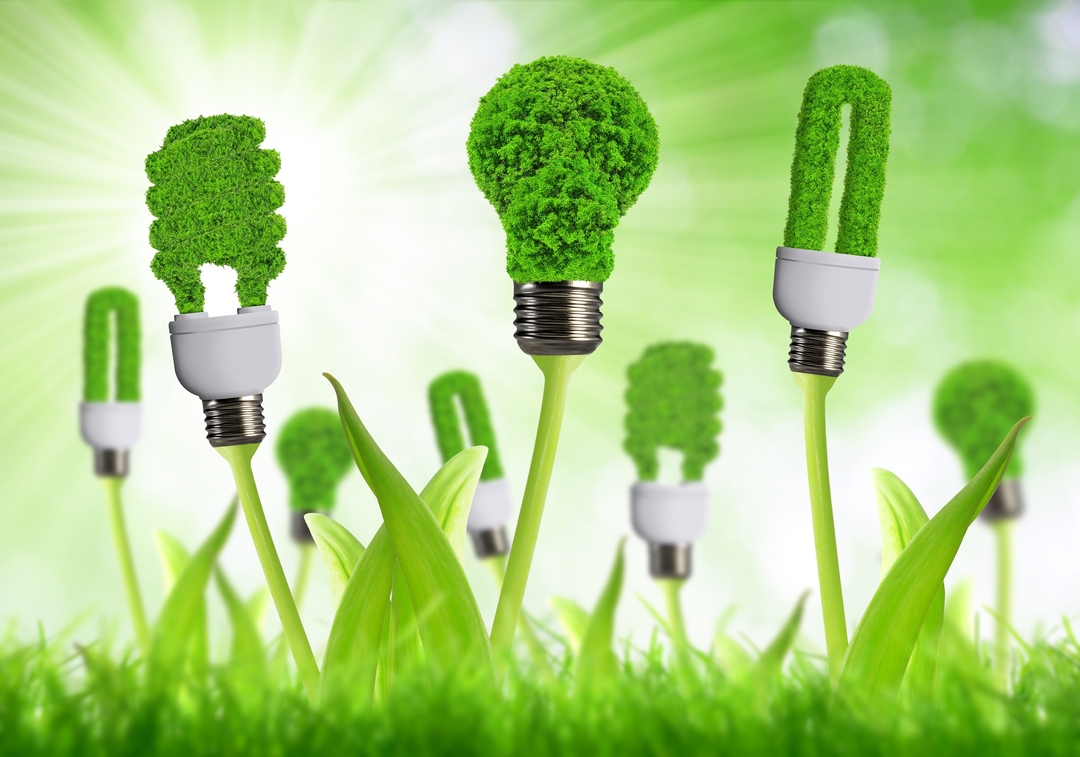
Install ENERGY STAR® lighting and appliances in your home. ENERGY STAR appliances use up to 75% less energy than traditional electronic appliances. In addition, the design of energy-saving devices allows minimal energy when performing work. 6 star energy rated home appliances use renewable energy sources such as water and solar power.
These devices can maximise the amount of energy required for regular operation. Common energy-efficient appliances include booster water heaters, solar water heaters, and energy-saving light bulbs. The design of these devices allows them to operate at lower energy and temperature settings and keeps them running until the job is done.
7. Insulate pipes For Better Thermal Performance
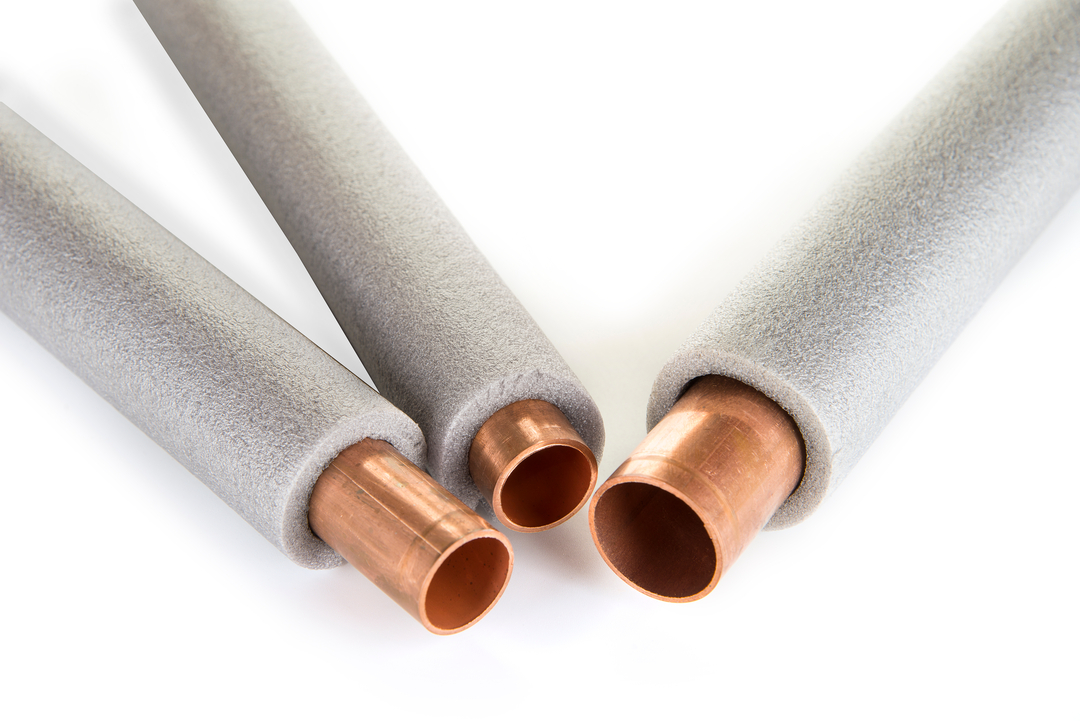
Temperature consistency is crucial whether it's a gas pipe, hot or cold pipe. When temperatures aren't maintained, pipes can quickly develop condensation, resulting in pooling water. Pipe insulation can play a huge role in significant energy saving by introducing thermal resistance, keeping the water at the desired temperature, and reducing heat flow from the pipe to the outdoor air. With the best pipe insulation practices, you also can reduce the threat of condensation construction.
Pipe insulation also keeps your water warmer for longer and lowers the energy needed to warm the water. Pipes may be located in your property regions that are not well heated. In this case, the chance of the pipes freezing or bursting is extensively high. However, the possibility of freezing becomes lower when the pipe is insulated, including a foam tube covering the uncovered pipes in your warm water cylinder and boiler.
8. Go for a professional Energy Audit
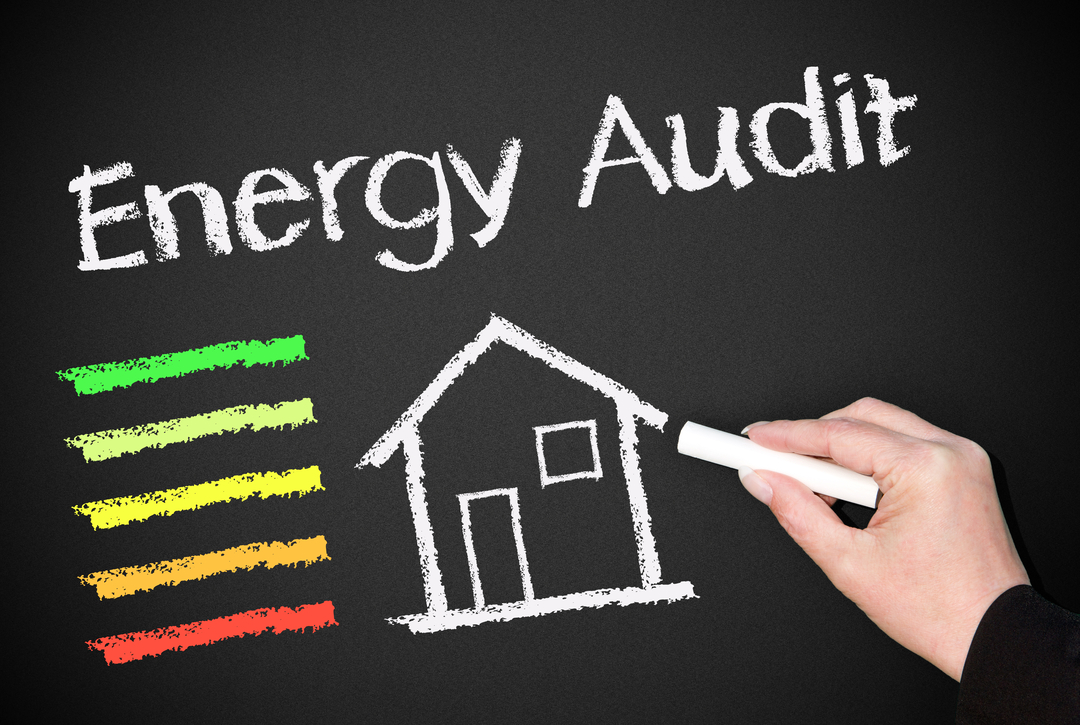
Before the full-fledged winter season knocks on your door, you need to think if your house is really ready for it. Sure, there are many DIY ways to insulate your home and reduce energy consumption to some extent but not entirely. So getting an energy audit done by professionals can give you a clear picture to understand how to make your home more resilient against the winter cold. So, simply put, a home energy audit is a process that enables you to determine where your home is consuming energy and what actions you can take to improve energy efficiency.
A professional energy audit service can also save you the time and effort it takes to gather all of this information by yourself. The auditor will go through all the aspects of your home energy usage and identify key outliers that could help you minimise the daily household energy use and achieve the AU standard 6 star energy rating. For example, air and cellulosic insulation may be recommended to retain valuable heat in residential areas. Or the auditor might suggest you consider switching from oil to gas heating to lower your energy costs.
Last Words
By using those beneficial wintry weather energy-saving tips, you could improve the energy performance of your house, making a noticeable difference in your utility bills. But, of course, even if you don't want to get into DIY home improvement practices, you can always opt for professional help with the most accurate and detailed house energy assessment.
Superior Energy Rating is a well-recognised professional home assessment service that can offer you a comfortable living with accurate energy performance audits and detailed instructions to achieve a 6 star energy rating. So if you want to rest assured of your utility bills this winter, make sure to go to a professional energy auditor to understand different aspects of your energy usage and identify key outliers.

